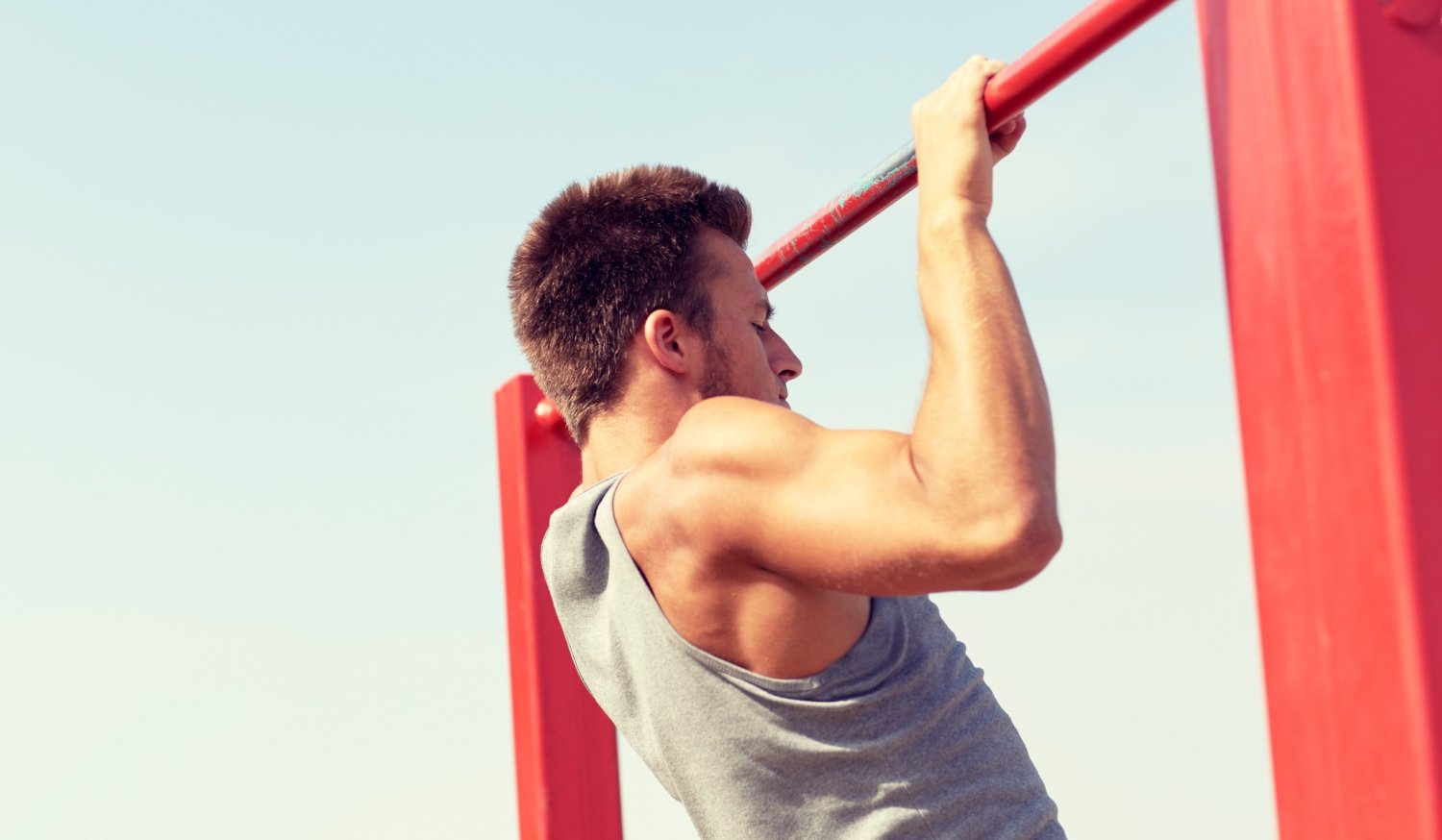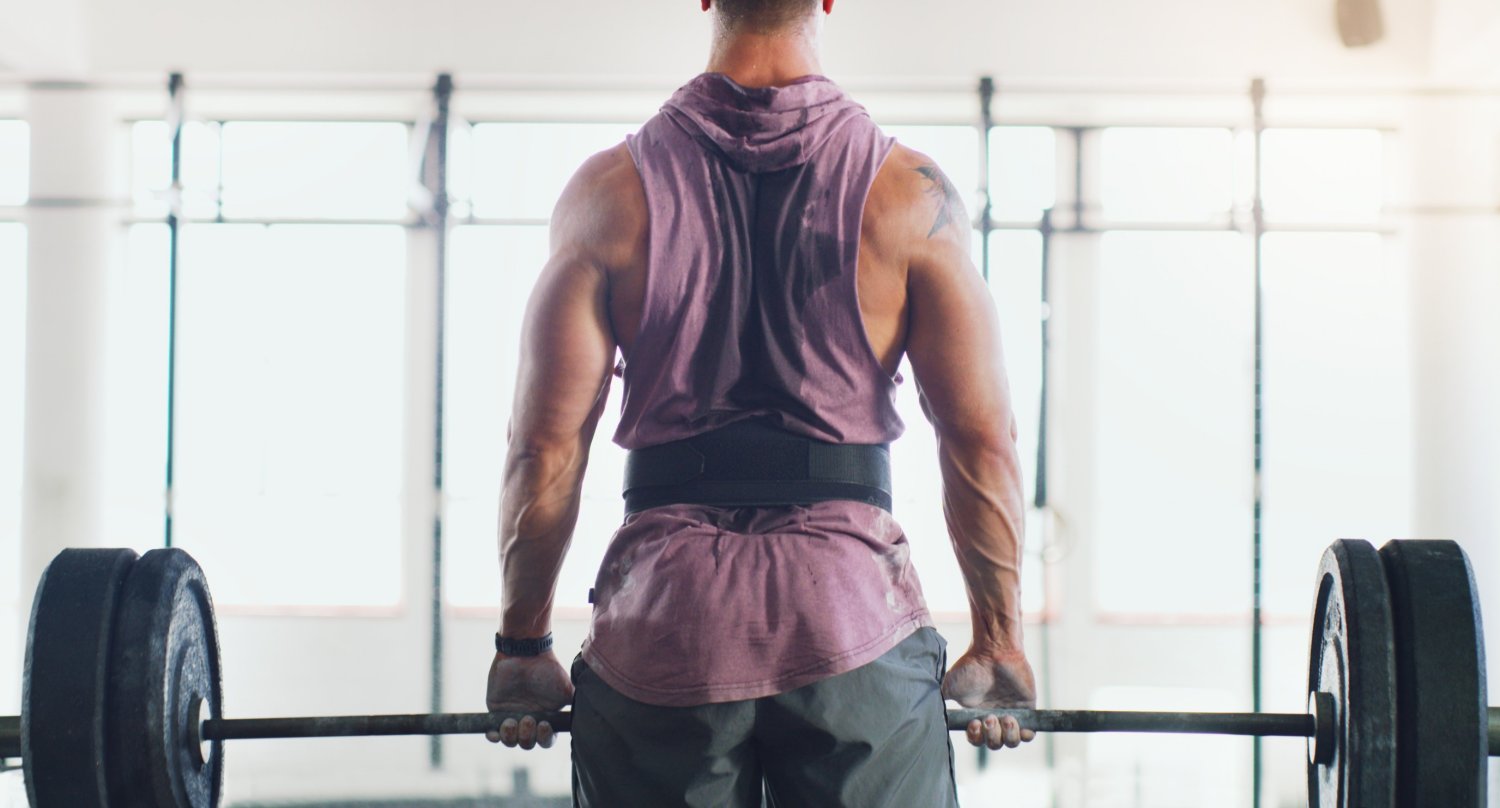Lunges are known for their ability to engage key lower body muscles such as the glutes, hamstrings, and quads. A variant called the side lunges, or lateral lunges, offer an additional benefit by targeting the inner thigh muscles. What does this leave you with?
The ability to build more impressive legs from all angles!
Additionally, with side lunges in your workout routine, you can address leg imbalances effectively. Unlike bilateral exercises like squats, which engage both legs simultaneously, side lunges work each leg independently. This promotes the development of stabilizing muscles, enhances balance, and promotes symmetry between both legs.
In this article, we will dive deeper into some important benefits of side lunges and help you understand why they should be a staple during your leg day training.
Disclaimer: This article is for informational purposes only and is not meant to treat or diagnose any condition. It is recommended that you speak with your doctor before starting any exercise program.
What is a Side Lunge?
A lateral or side lunge is a unilateral exercise performed with a sideways step. Unlike the reverse and forward lunge, which involve movement in the sagittal plane, the side lunge challenges mobility and strength by stepping to the side.
This exercise promotes mobility as the nonworking leg remains straight, stretching and mobilizing the adductor muscles. Additionally, it builds strength in the working leg by engaging the adductors, glutes, and quads.
Once proficient with body weight, you can enhance the challenge by incorporating various forms of resistance for lateral strength and muscle development.
What are the Benefits of Side Lunges?
Below are some of the main benefits that come with side lunges and incorporating them into your leg day training.
1. IT IMPROVES BALANCE AND COORDINATION
Side lunges with rotations offer a comprehensive approach to boosting full-body stability and coordination.
Engaging multiple muscle groups, including the core, quads, glutes, and hamstrings, these exercises contribute to improved balance and coordination by promoting efficient muscle interaction. With consistent practice, individuals can refine their ability to sustain balance and synchronize movements across various body segments.
Moreover, increased awareness of engaged muscle groups leads to better muscular control. Better balance and coordination not only optimize performance in exercise but also promote safety during daily activities, particularly beneficial for older individuals or those with physical constraints.
2. HELP IMPROVE WEIGHT LOSS
Losing weight is one of the most obvious ones among all the other side lunge benefits. If you perform side lunges regularly as part of your leg training, you can definitely notice that your metabolism has been elevated and that you’re starting to lose weight.
That said, it should be noted that it’s only applicable if you combine this exercise with not only a solid nutrition plan but also a training program that supports lean muscle growth and metabolic health.
Lunges target major muscle groups in your lower body, promoting the development of lean muscle while reducing body fat. This boosts your resting metabolism, leading to increased calorie burning and weight loss. If your goal is weight loss through exercise, adding weighted side lunges to your routine can produce noticeable results in a short time frame.
3. BETTER FLEXIBILITY
Side lunges are excellent for enhancing flexibility in your hips and thighs. They enhance hip mobility, which is particularly beneficial if you struggle with tight hamstrings or quadriceps. This exercise expands hip range of motion, leading to smoother movement.
But that’s not all!
Side lunges also boost flexibility in the quadriceps and hamstrings while strengthening these muscle groups. Regular practice can relieve knee discomfort by improving muscle balance around the joint area.
4. GROIN SUPPORT
Improving adductor strength and mobility through side lunges can effectively reduce the risk of groin strains.
A 2015 review in the British Journal of Sports Medicine highlighted that insufficient adductor strength was a prevalent risk factor for such injuries.
5. HELPS YOU TO STAY SAFE DURING OTHER EXERCISES
Side lunges and rotations offer an effective method to enhance balance, coordination, and stability. These exercises not only improve performance in movements like squats and deadlifts but also promote safer workout sessions.
By honing better body control, individuals can uphold proper posture and form, thereby preventing the overuse of specific muscle groups and reducing the risk of injuries.
Additionally, mastering these movements promotes superior muscular control, ensuring a safe range of motion during exercises like squats and deadlifts.
6. IMPROVES COORDINATION AND BALANCE
Side lunges are a unilateral exercise that targets each side of the body independently. By engaging in single-leg movements, you activate stabilizing muscles, enhancing coordination, stability, and balance.
These exercises challenge your body’s stability, prompting your core and spine to work harder to maintain equilibrium. As a result, practicing side lunges can effectively improve overall balance and stability.
7. IMPROVES POSTURE
Side lunges and rotations play a significant role in improving posture.
During a side lunge, the engagement of lower body and core muscles is important for maintaining balance and proper posture throughout the movement. Strengthening these muscles contributes to overall posture improvement, relieving discomfort caused by prolonged periods of poor posture.
Similarly, rotations help in posture improvement by engaging muscles across the body to stabilize the movement. This comprehensive muscle engagement promotes better balance and posture. Furthermore, torso rotations promote spinal mobility, preventing stiffness.
Steroids4U.eu – Steroids4U.net – Steroids4U.to | Best EU Online Steroid Shop – Buy Steroids




